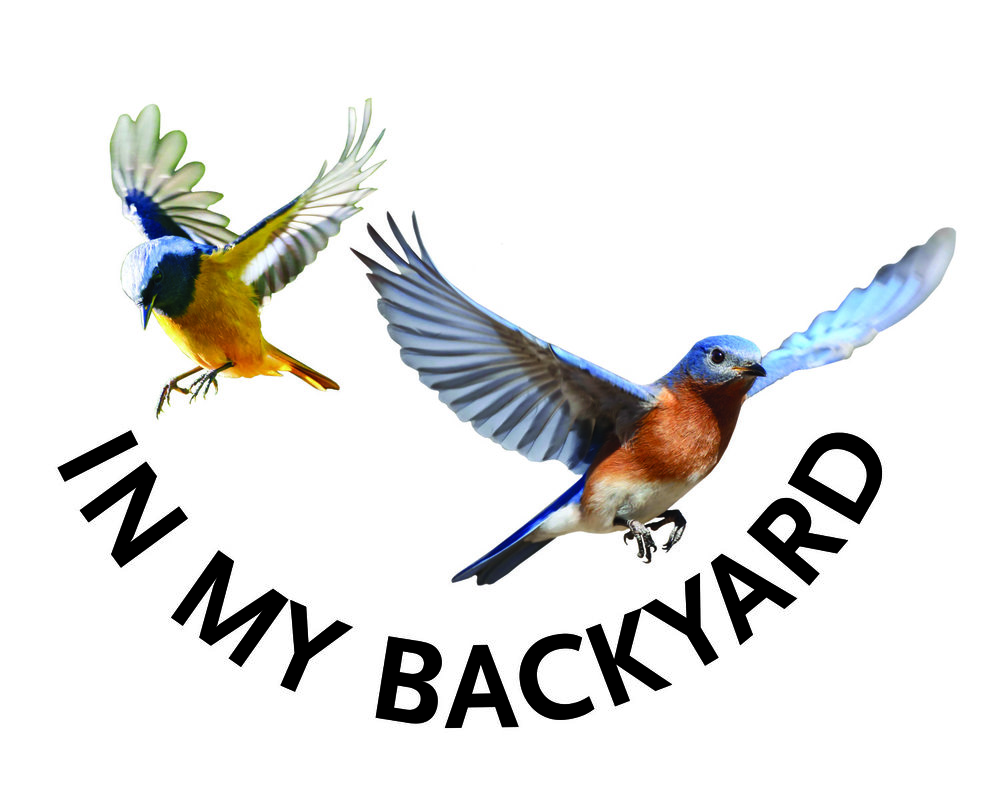We often fear Skunks because they have the ability to spray and leave a horrible scent.
My first encounter with skunks occurred several years ago. At that time I feared skunks.
I was on my deck and there was a skunk in the backyard. I started to make noise and the skunk moved away quietly. As I started down the steps into the yard, I saw 4 baby skunks clinging tot he wall under the deck. I quickly went into he house with hopes that the adult would return and she did. That summer skunks were frequent visitors to my yard. I found their presence to be unsettling until I started reading and learning more about them.
I read that skunks were not good climbers so I did not worry about skunks climbing on the deck because the deck was high off the ground. One afternoon I saw the skunk on the deck eating birdseed so I guess if the incentive is good they will climb!
I began to hear stories from neighbors and friends that skunks were basically harmless and that they only spray when threatened. Through further reading I found that it was true that skunks on spray when threatened and spraying is their last defensive mechanism. When first threatened skunks usually stomp their feet, lift tail and growl. So they warn you first! They also have to get in a defensive pose before they spray. Skunks need to form their backs into a horseshoe shape, lift their tail, and release. When you see that pose you need to get out of the way since skunks can spray up to 20 feet and even if the spray does not hit you the smell can cause discomfort. For the skunk, it is difficult too because once the skunk sprays it can leave him defenseless for up to 10 days which makes them vulnerable to predators.
Overtime I became less threatened by skunks but I still feel uneasy when they are very close. I was in the backyard moving a hose and I started to walk back to the house and I felt something waling next to me and I looked down and a skunk was walking next to me. He was walking so close to me that I could have touched him if I had reached down. I walked quickly to up the steps to the house and the skunk continued on his way. Another close encounter… too close. Walking next to a skunk may be a good idea for some but I am not any-close and personal when it comes to wild animals and skunks are wild animals. Even though I respect skunks as wild animals, I know that they are not there to hurt me.
A few key facts about Skunks:
Skunks are predators to yellow jackets and can destroy their nests.
Skunks are nocturnal even though you might see them roaming around your yard during the day.
Skunks live in burrows constructed by other animals as well as in hollow logs and abandoned buildings.
Skunks are omnivores and opportunist eaters who eat almost anything including plants, fruit, insects, worms, eggs, reptiles, small animals, fish and dead animals. They love eating peanuts and birdseed from the bird feeders in the backyard.
Skunks are usually between 13 to 18 inches long and weigh 6 to 8 pounds.
Skunks live about 3 years in the wild.
Skunks run about 10 miles per hour.
Skunks have a good sense of smell and hearing but poor eyesight.
Skunks have 4 to 6 babies each year.
Skunks continue to roam through my yard. Photos of some of the skunks I have observed.
Even though I know skunks are not there to hurt me I am still leery of skunks. With that in mind, I did rescue a skunk that I had fallen into the little and in my backyard

















